Reviewed by Corey Noles
What you need to know:
A sophisticated Android spyware called SparkCat has infected nearly 250,000 devices through Google Play Store disguised as legitimate apps
Many popular "antivirus" apps are actually fronts for data harvesting, with some collecting location data 14,000+ times daily
Even legitimate security apps can be more dangerous than helpful — research shows 47% of tested antivirus apps had serious flaws
The Android security landscape just got a whole lot scarier. What started as a routine malware investigation has uncovered something far more disturbing: the very apps promising to protect your phone might be the biggest threat of all.
During our investigation of 15+ security apps, we observed a pattern that should alarm every Android user. Kaspersky recently exposed SparkCat, a malware operation that successfully infiltrated both Google Play and Apple's App Store with fake utility apps. These infected apps racked up almost 250,000 downloads from Google Play alone before getting caught.
SparkCat represents just the beginning of a systematic crisis plaguing mobile security. According to research from VPNPro, some of the most popular "free antivirus" apps on Google Play — with a combined 2 billion downloads — are essentially spyware operations. Security Master, Virus Cleaner, and Clean Master don't just fail to protect your device; they actively compromise it.
The numbers reveal a disturbing truth. Previous investigations exposed how marketing companies pay app developers $4 per 1,000 users for location data. With Security Master alone having 500 million installs and 1.76 million active monthly US users, that equals roughly $7,040 per month in data sales revenue — just from American users.
The OCR spyware revolution: when your photos become data gold mines
SparkCat represents a disturbing evolution in mobile spyware that fundamentally changes how threats operate. Unlike traditional malware that hunts for files or monitors your typing, this threat literally reads your photos using optical character recognition (OCR) technology — transforming every screenshot into a potential goldmine for cybercriminals.
Think about what's in your phone's photo gallery right now. Screenshots of passwords, photos of important documents, maybe even pictures of your crypto wallet seed phrases? Kaspersky's analysis shows SparkCat uses Google's own ML Kit — a machine learning library — to scan through every image it can access, searching for valuable text like wallet data and passwords.
This automated, scalable approach to data theft marks a new era of mobile threats. The malware doesn't work alone. It requests permission to access your photo gallery, and once granted, systematically analyzes every image using built-in OCR capabilities. "To find crypto-wallet data among photos of cats and sunsets, the Trojan has a built-in optical character recognition module," Kaspersky researchers explain.
PRO TIP: This technology breakthrough means cybercriminals no longer need to manually sort through stolen data — AI does it for them, making attacks both more efficient and harder to detect.
The targeting reveals sophisticated criminal operations. Based on SparkCat's dictionaries, it's trained to steal data from users across many European and Asian countries, with evidence indicating attacks have been ongoing since at least March 2024. The first infected app researchers identified was ComeCome, a food delivery service available in the UAE and Indonesia — hardly the type of app you'd suspect of crypto theft.
The fake antivirus goldmine: how "protection" became a business model
The free antivirus app ecosystem exposes a systematic corruption of mobile security that goes far beyond individual bad actors. Research analyzing 15 popular free antivirus apps found that 12 of them are based in China or Hong Kong, with developer Cheetah Mobile particularly notorious for ad fraud schemes.
The business model reveals why this problem is so pervasive. These apps don't just fail at their stated job — studies show around 50% can't even identify malware on your device. Instead, they've perfected something far more profitable: industrial-scale data harvesting. According to academic research, 20% of security apps potentially resell collected smartphone data to third parties, sometimes without user consent.
The permissions these apps request tell the whole economic story. Apps like Virus Cleaner demand 6-10 dangerous permissions on average, including the ability to make calls, take pictures, and record audio. Testing revealed that minimal antivirus functionality only requires READEXTERNALSTORAGE and WRITEEXTERNALSTORAGE permissions — everything else exists purely to monetize your personal data.
DON'T MISS: Research shows mobile apps can send location data every 2 seconds, transmitting over 14,000 location updates daily to various companies. Your "antivirus" app isn't just protecting you — it's turning your phone into a 24/7 surveillance device worth thousands in monthly revenue.
This systematic approach extends beyond simple data collection. India's intelligence agencies warned the country's army and paramilitary against using 42 mobile applications identified as spyware or malware, while Cheetah Mobile faced documented allegations of ad fraud, click flooding, and click injection across their app portfolio.
The vulnerability paradox: when security software makes you less secure
Perhaps most shocking of all is discovering that legitimate antivirus software can actually create new attack surfaces on your device. Independent testing by Comparitech found serious security flaws in major antivirus apps, with 47% of tested vendors failing in some way — revealing how the cure can become worse than the disease.
The vulnerabilities expose fundamental security failures in apps designed to protect you. VIPRE Mobile leaked user address books — over a million contacts sitting unsecured on the web due to broken access controls. Researchers estimate this flaw potentially exposed the personal information of millions of people, including full names, photos, addresses, and sensitive notes.
BullGuard Mobile Security had an even more ironic flaw: attackers could remotely disable the antivirus protection entirely. "We found it would be trivial for an attacker to iterate through customer IDs and disable BullGuard on every device," security researchers noted.
These vulnerabilities compound the data collection problems by creating multiple pathways for exploitation. The business model creates perverse incentives where security becomes secondary to revenue generation. AV-Comparatives found that most antivirus programs gather system info, network details, user data and file information. About half send your Windows username to their servers, while time zone, language, and location data are routinely collected.
The FTC eventually banned Avast from selling users' browsing data and fined the company $16.5 million after discovering they'd been monitoring and selling user web activity to third-party advertisers — proving that even major, legitimate security companies prioritize profit over protection.
So what actually works? The uncomfortable truth about Android security
Here's the plot twist that changes everything: Android's built-in security might already be better than anything you can download. Google Play Protect continuously scans your device and has been improving with each threat identified. According to Kaspersky, "Android users are automatically protected against known versions of this malware by Google Play Protect, which is on by default on Android devices with Google Play Services."
Let's break down what actually protects you:
DON'T MISS: The real security comes from basic hygiene, not downloaded apps. Avast research shows that official app stores like Google Play thoroughly vet applications before making them available. Here's what actually works:
1. Trust Google Play Protect: It's already running in the background, gets updated continuously, and doesn't harvest your data for profit.
2. Install updates immediately: This ensures you benefit from the latest security patches and protections against newly discovered threats.
3. Stick to Google Play Store: Installing apps from official sources eliminates roughly 95% of Android malware risk according to security research.
4. Review app permissions carefully: If an app requests more access than it needs for its stated function, that's your red flag.
5. Check app reviews and developer history: Look for established developers with good track records, not fly-by-night operations.
6. Monitor your device behavior: Watch for unexpected battery drain, data usage spikes, or unfamiliar apps appearing on your device.
7. Keep minimal apps installed: Every additional app is another potential attack surface — only install what you actually use.
PRO TIP: If you're determined to use additional security software, stick to established names with proven track records. Mobile security testing shows that for users unable to access Android's built-in features, third-party apps can provide value — but only from well-researched vendors like ESET, F-Secure, or Bitdefender's free offerings.
The uncomfortable reality? Recent estimates suggest almost 36 million instances of malware exist on Android devices as of March 2025. But based on our research, a significant portion of these "threats" might actually be the security apps users installed to protect themselves.
Your best defense isn't another app — it's skepticism, good habits, and trusting the security features already built into your device.




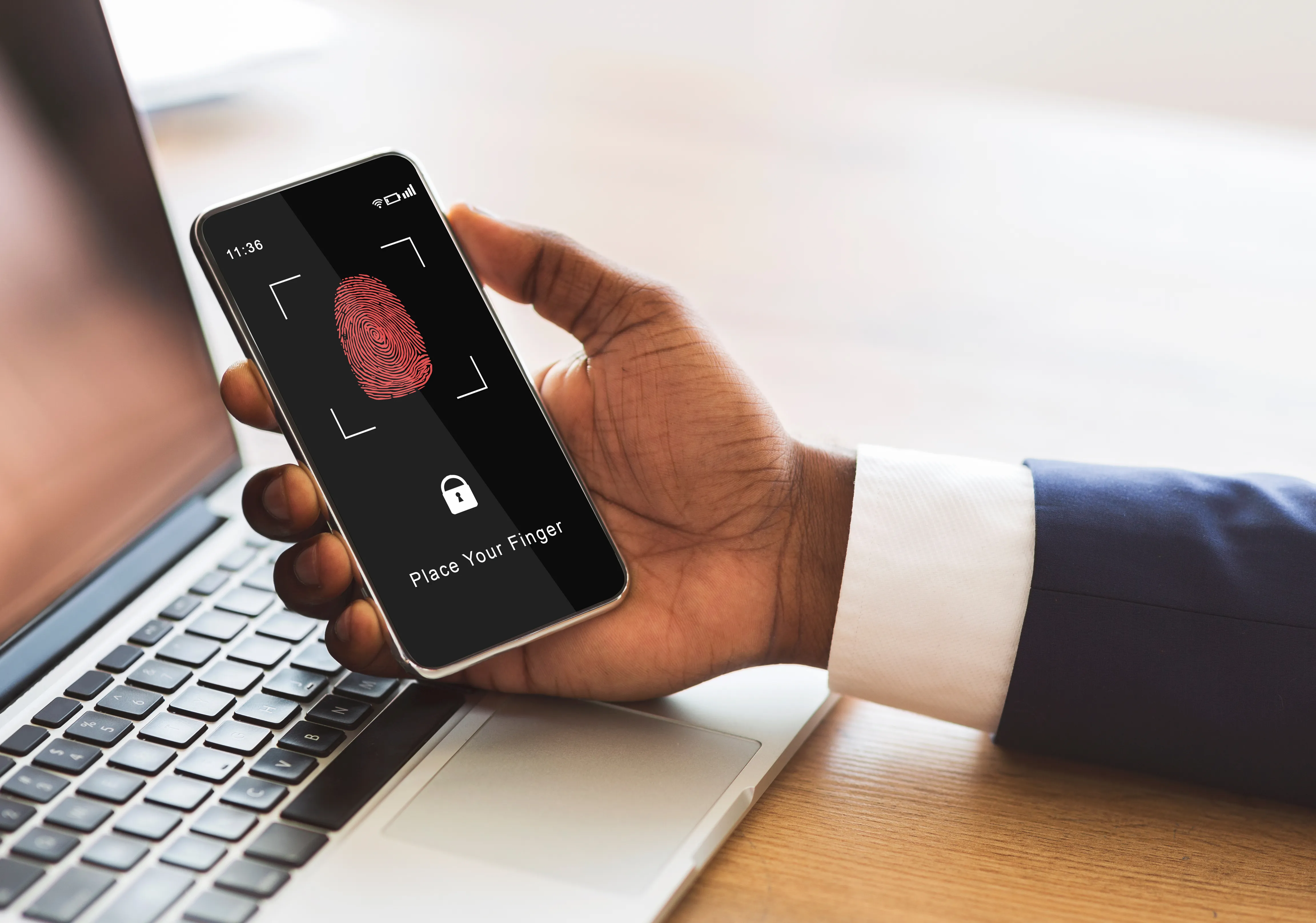
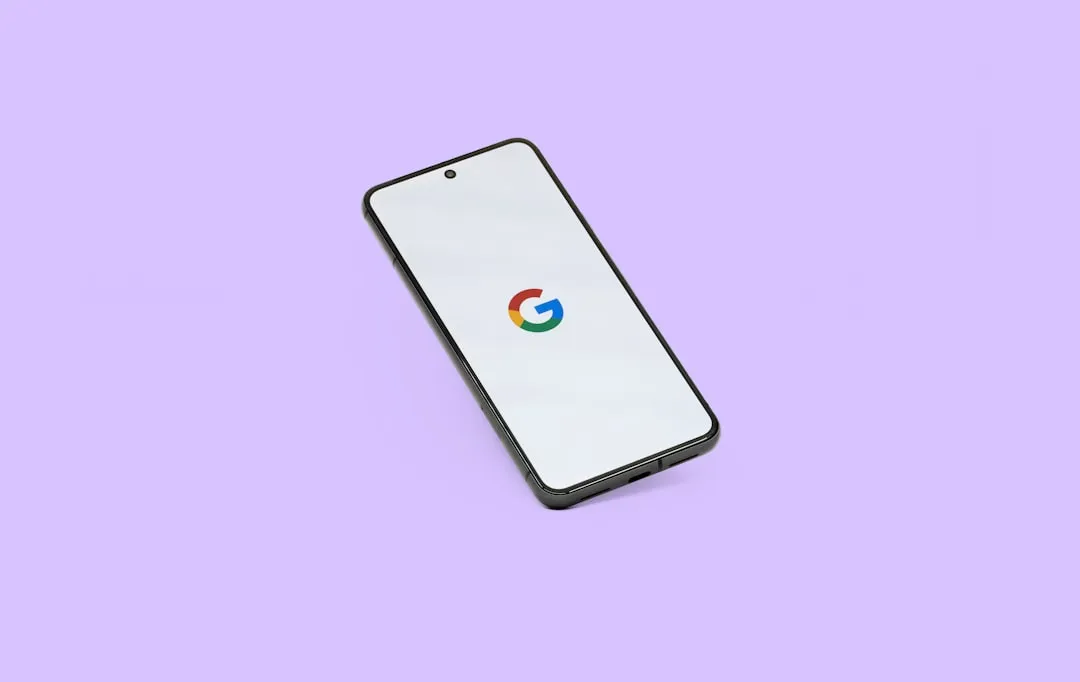
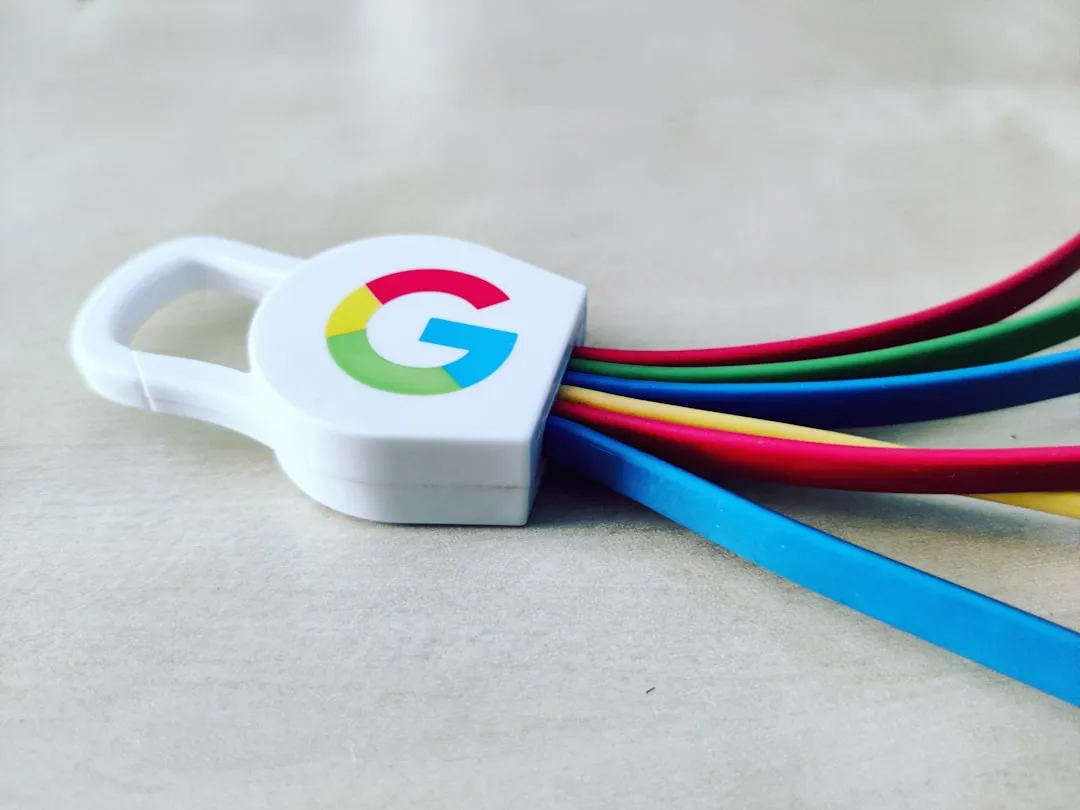
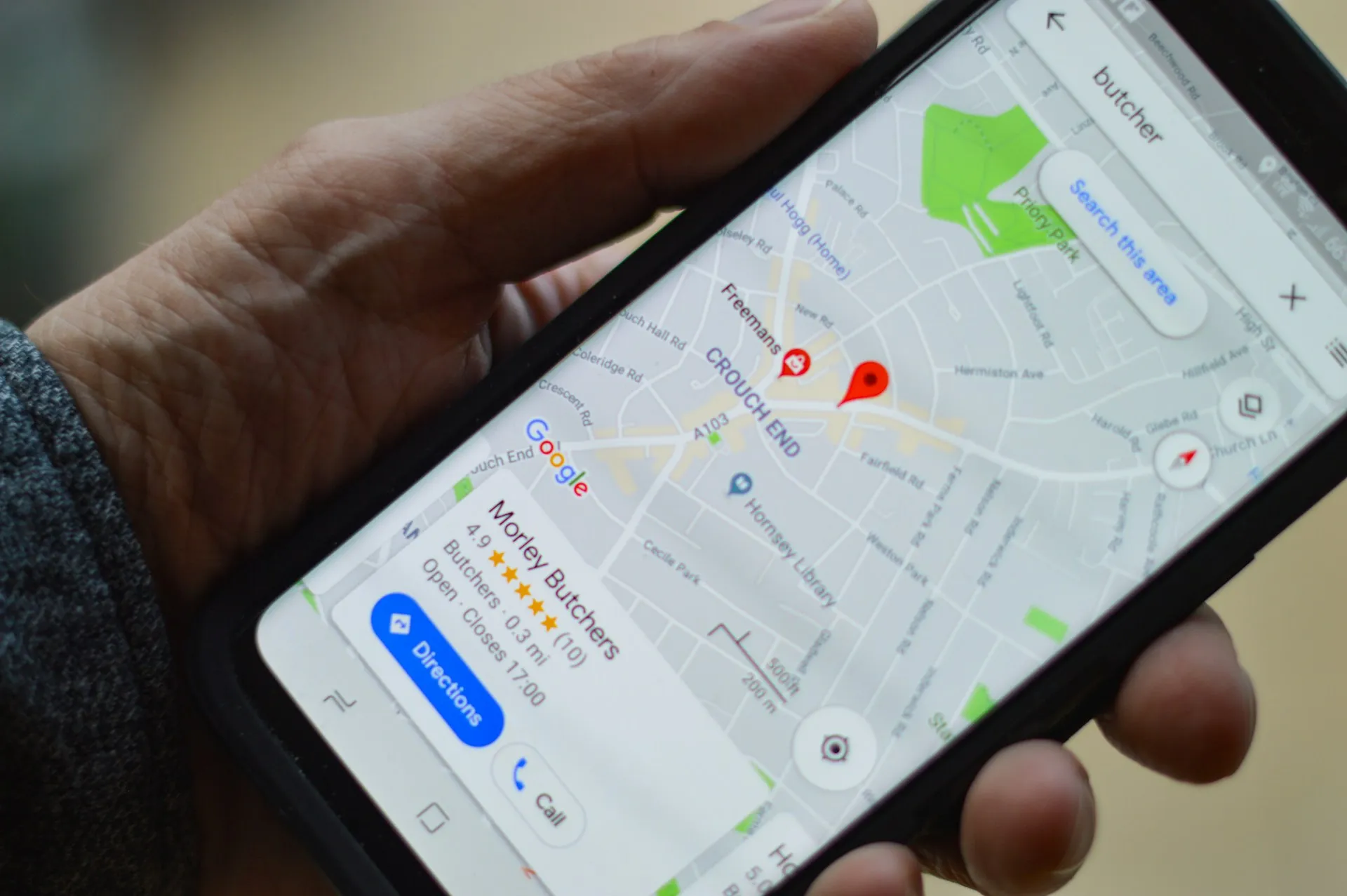
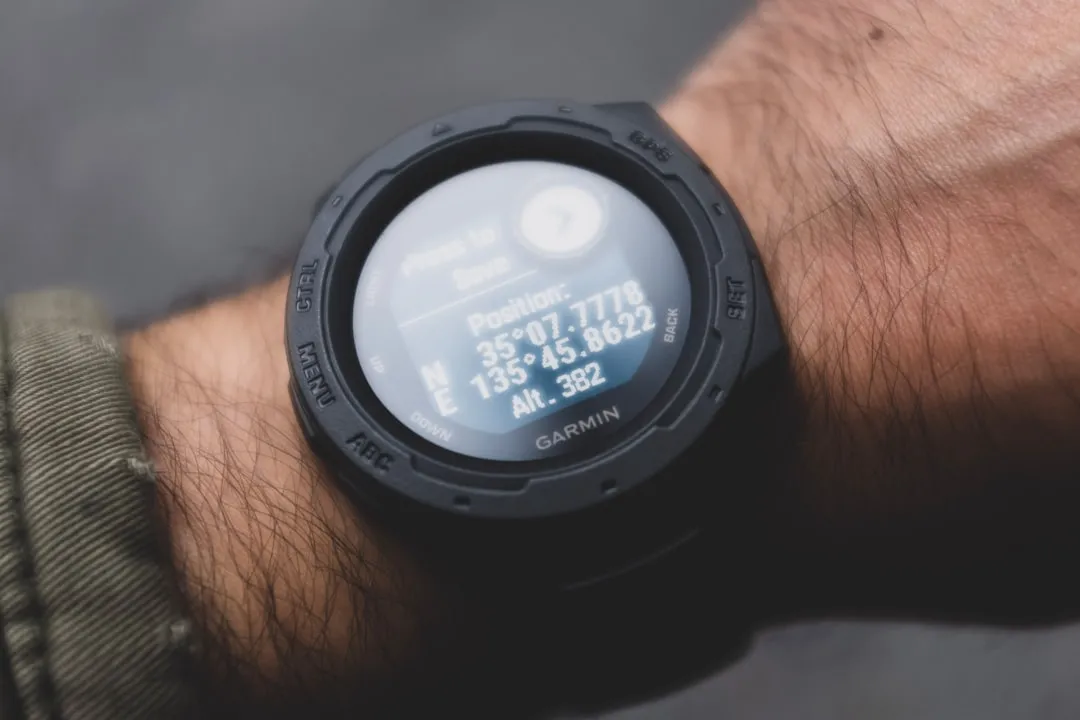

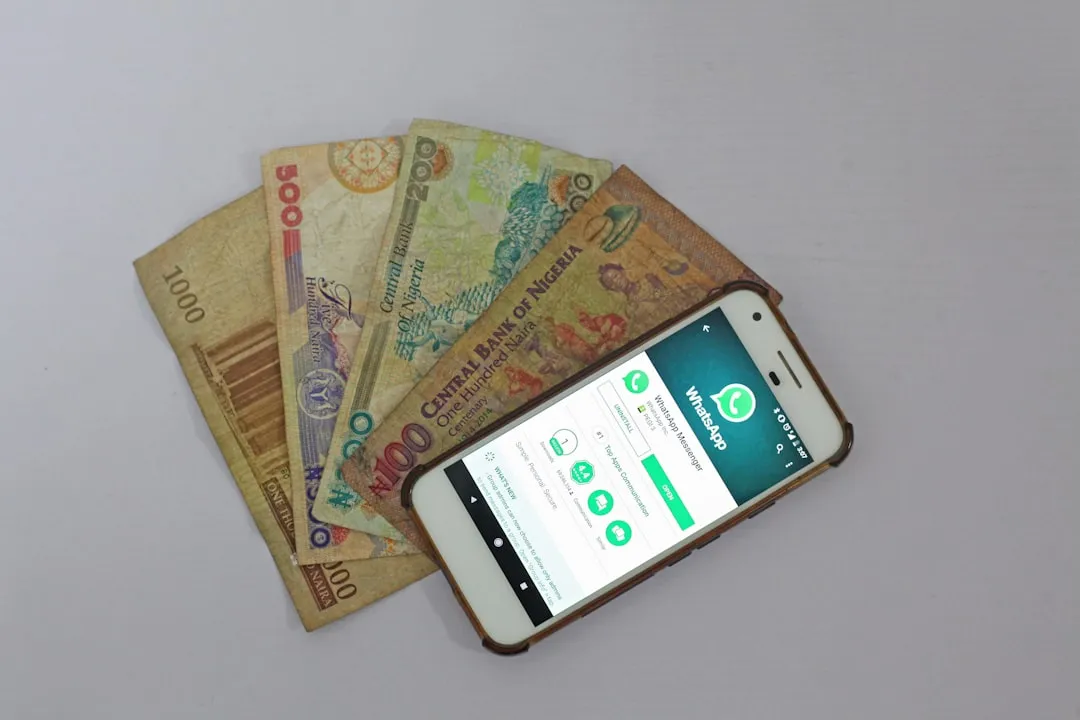
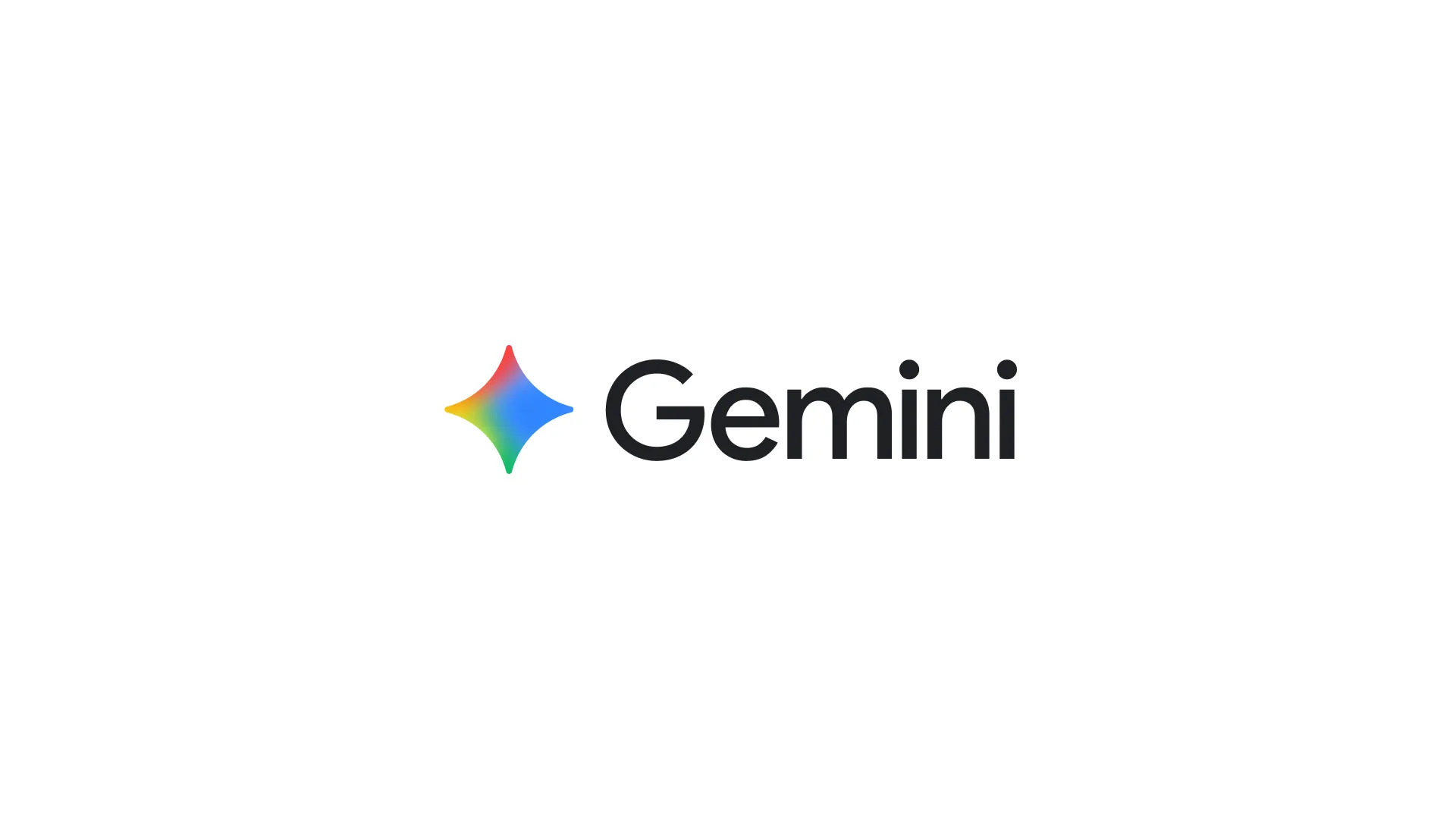


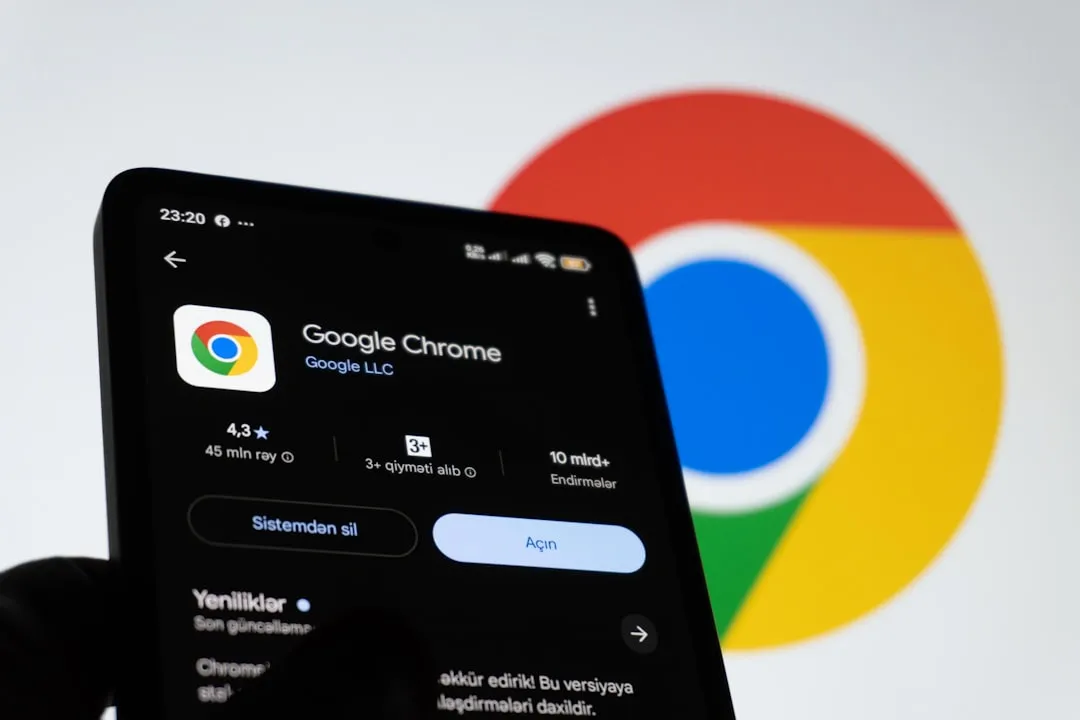

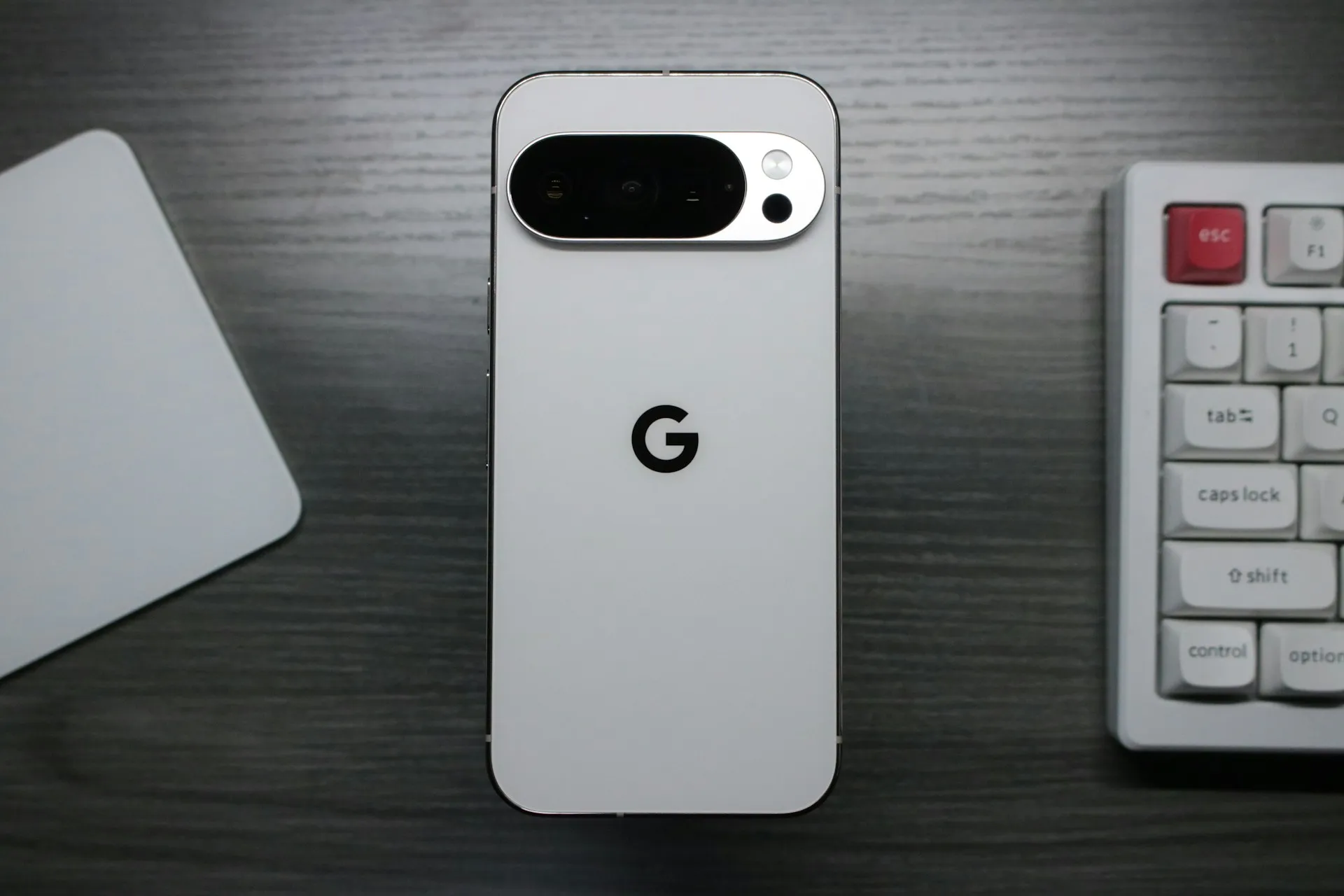
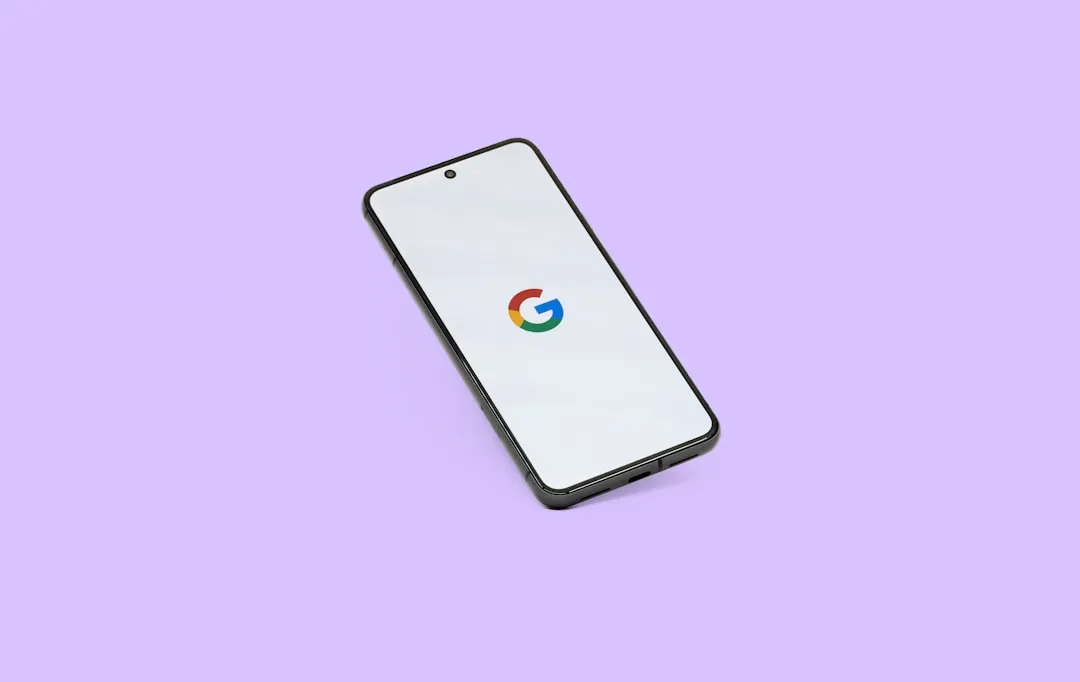

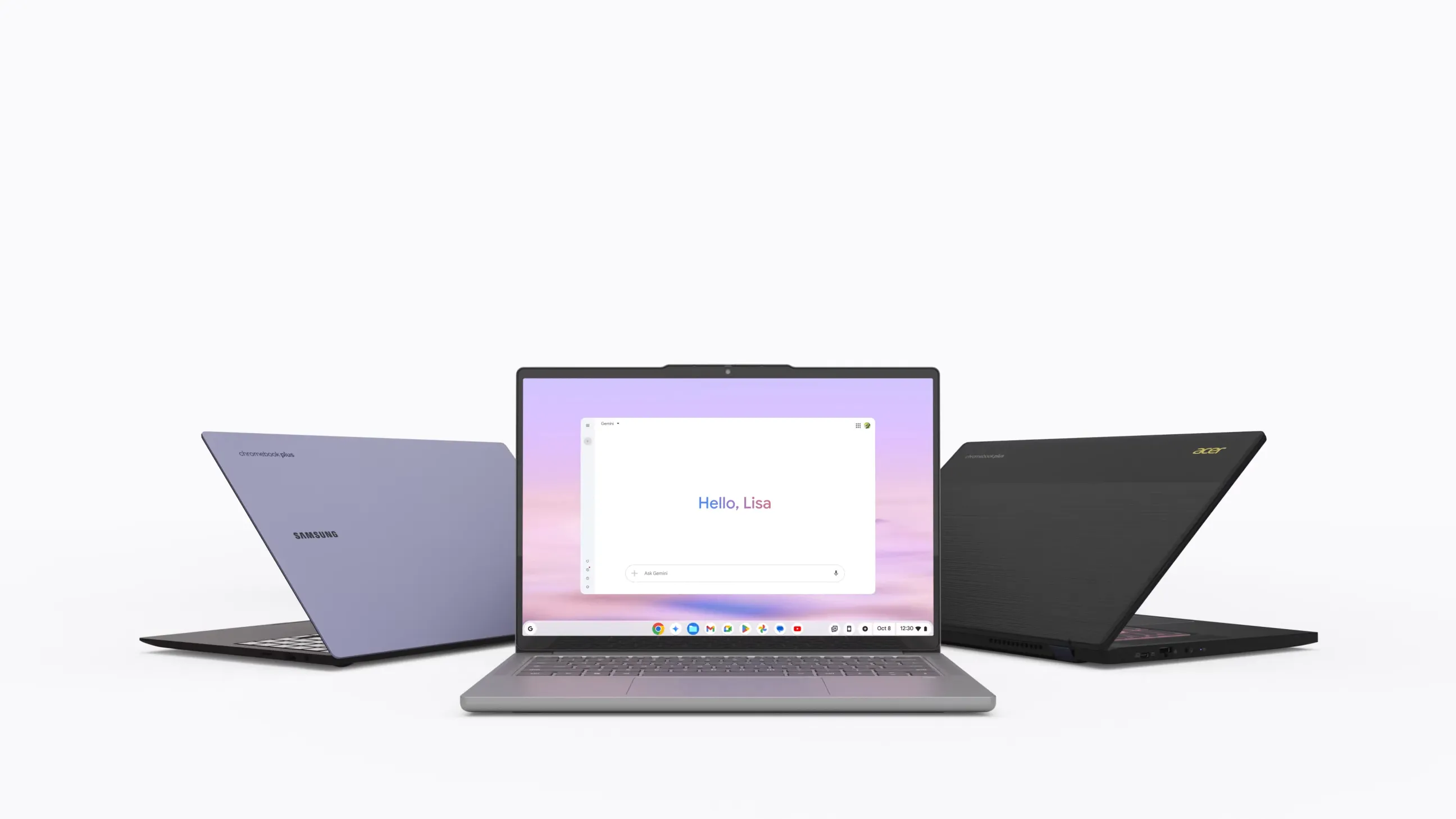

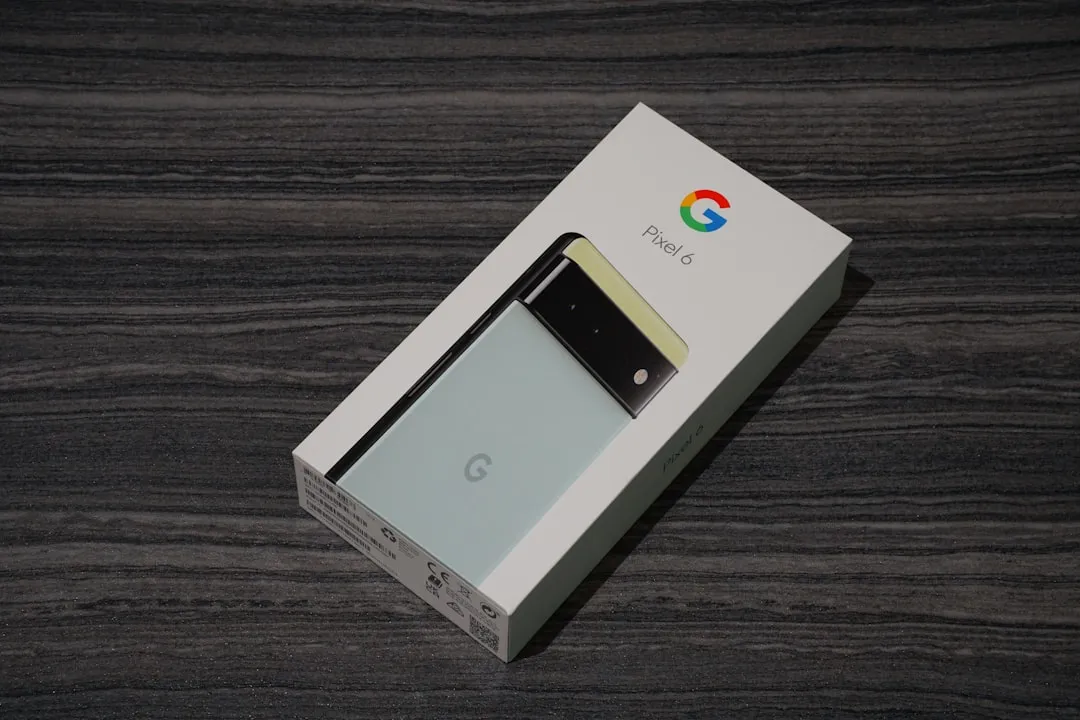
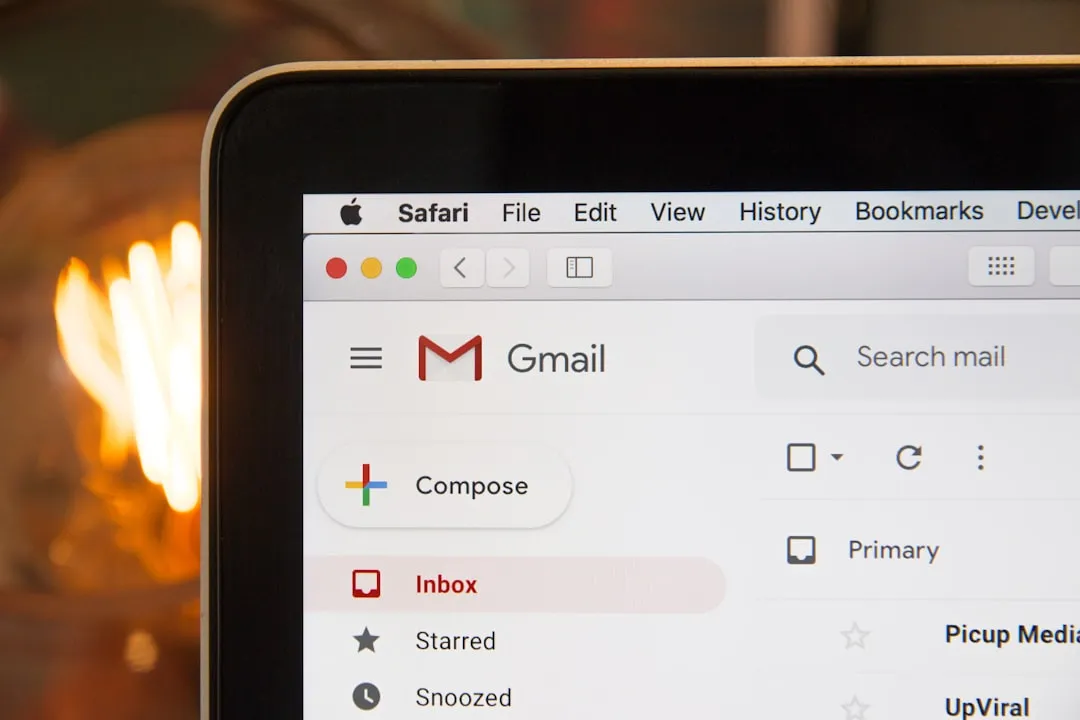
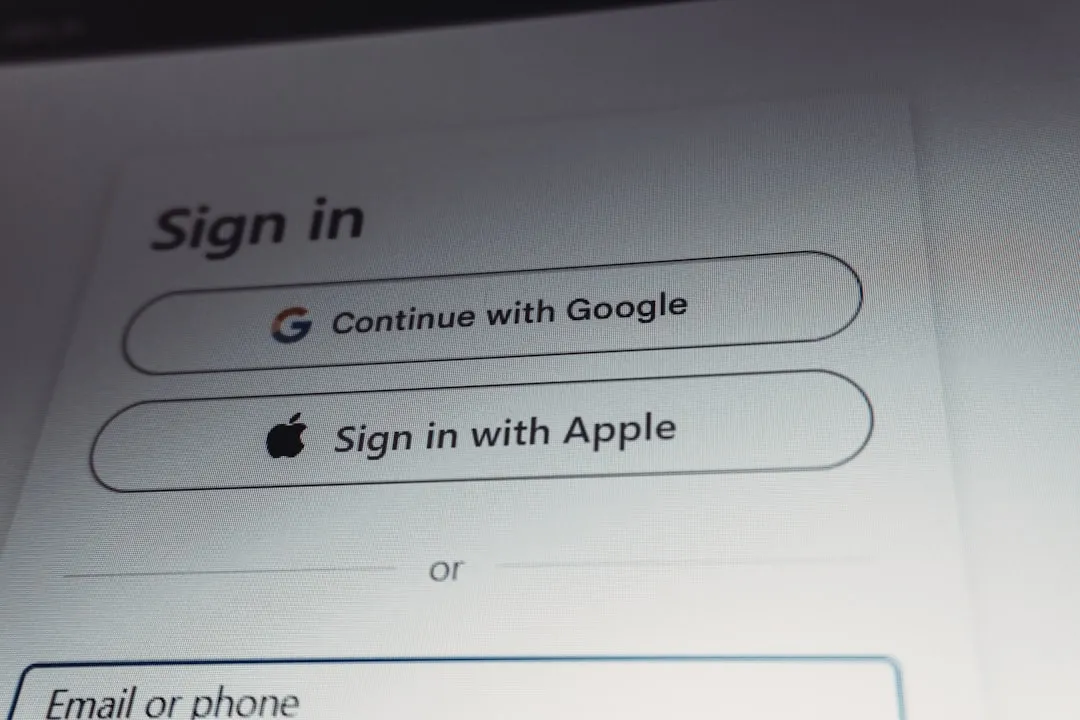
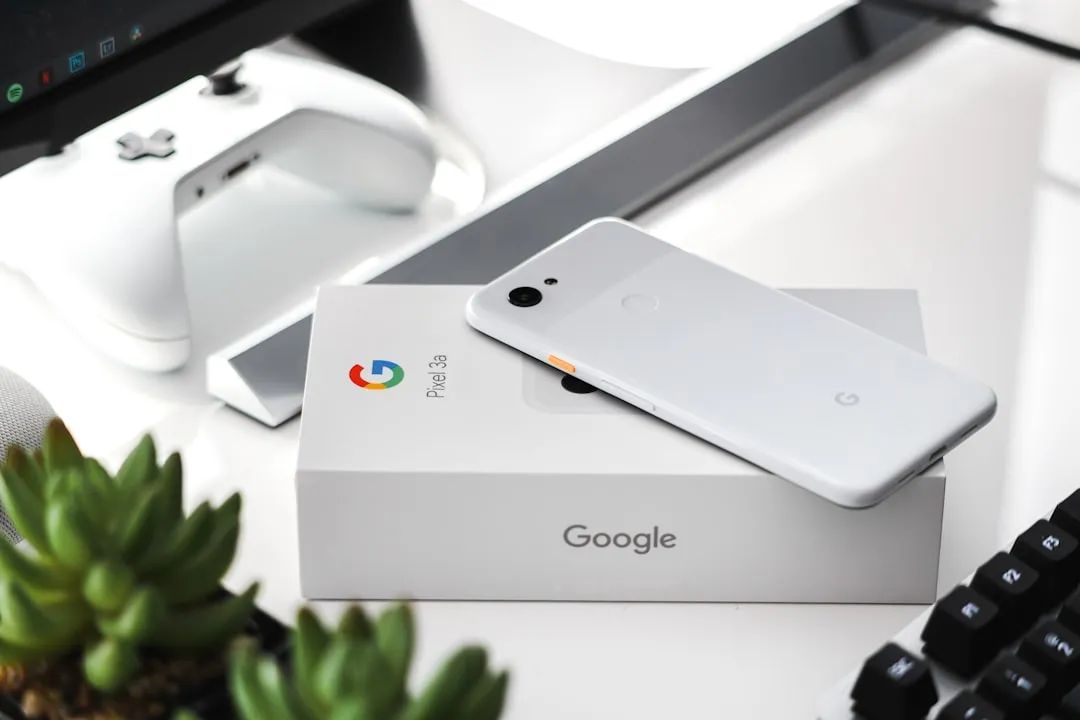
Comments
Be the first, drop a comment!